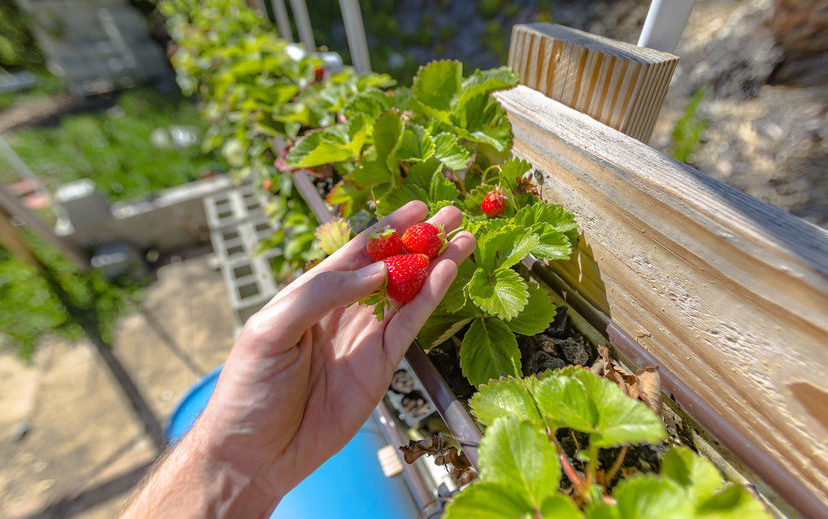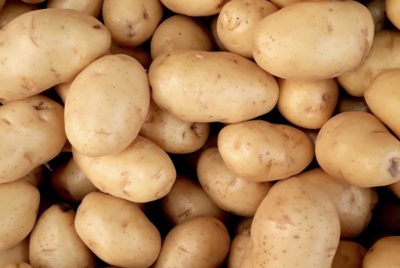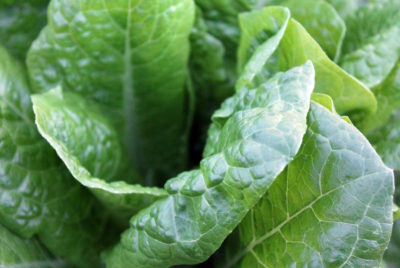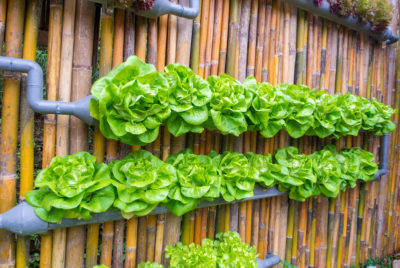Growing Strawberries At Home

Ever thought of growing strawberries at home? If so, you’re not alone. Strawberries are a fantastic choice for any home vegetable garden. Fresh strawberries are a delicious fruit bursting with vitamins and minerals. They can be eaten fresh or added to desserts. But, of course, you already know that.
So, let’s get into growing strawberries at home.
Snapshot

Strawberries grow in temperate climates all around the world. Strawberries can be grown in containers, on balconies, in small spaces and even indoors.
Strawberries are perennial in nature and, if grown properly, you can harvest strawberries year after year.
Where Do Strawberries Grow Best?
Strawberries grow best in cool to temperate climates and you should aim to have them quite mature for the hottest part of summer hits. Strawberries should be planted in full sun. Soil should be slightly acidic, the optimum range is a pH between 5.8 and 6.2. the soil should allow for good drainage.
When Should Strawberries be Planted?
Strawberries can be planted in early Spring (march and April) or in the Fall. If you’re hoping for fruit in your first season, planting your strawberries in the Fall is a better option.
What Kind of Strawberries
There are three main types of strawberries:
- June-bearing strawberries, as the name suggests, produce one big crop over approximately 2 to 3 weeks. June-bearers produce the largest fruit.
- Everbearing strawberries produce a large early crop (not as large as the crop produced by the June bearers) coupled with a second, smaller, late season crop.
- Day-neutral strawberries produce fruit throughout the growing season.
Planting Strawberries
When growing strawberries at home, we recommend starting off with strawberry plants rather than seeds as seeds can be difficult to get started. Strawberries should be planted into mounds about 6 to 8 inches high. Make sure you dig down and break up the soil under the mound to allow the roots to spread. Be careful not to plant your strawberries too shallow as that can cause the roots to dry out.
After planting, use a mulch like pine needles (to keep to soil acidic) and to guard against weeds and to maintain a cooler soil temperature.
Be sure to water thoroughly after planting.
Watering
Regular watering is a must for strawberries. Depending on the climate up to 2 inches per week should be sufficient to keep the soil moist and your strawberries happy.
Harvesting
Strawberries should be allowed to ripen before being picked or preferably cut. Aim for a day or 2 after the fruit has turned red and harvest every 3 days.
Strawberries are best stored dry in the refrigerator. They normally keep for 3 to 5 days.
So now you’re all set to starting growing strawberries at home. Good luck!
Looking for more?
Click here to read our article about growing cucumbers at home.
Click here to read our article about growing tomatoes at home.



